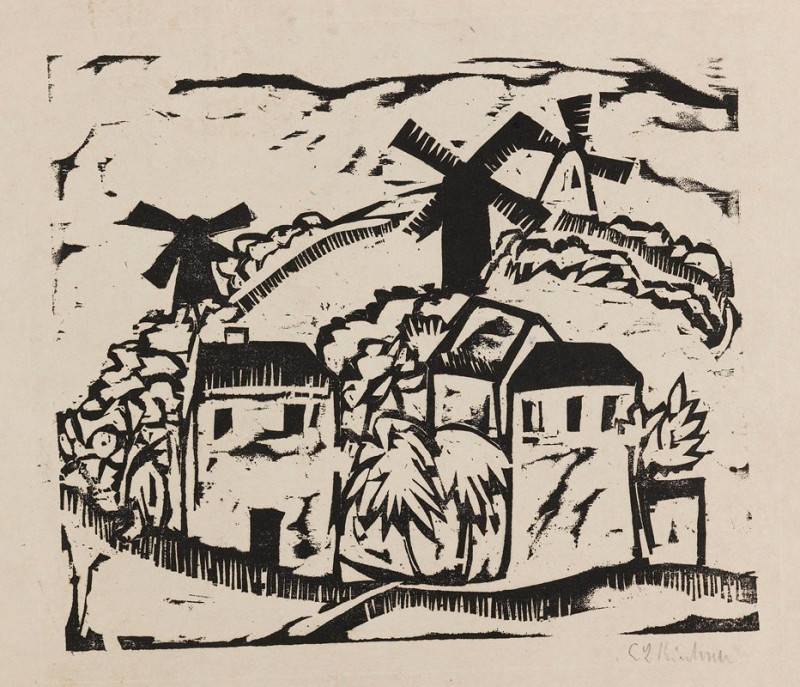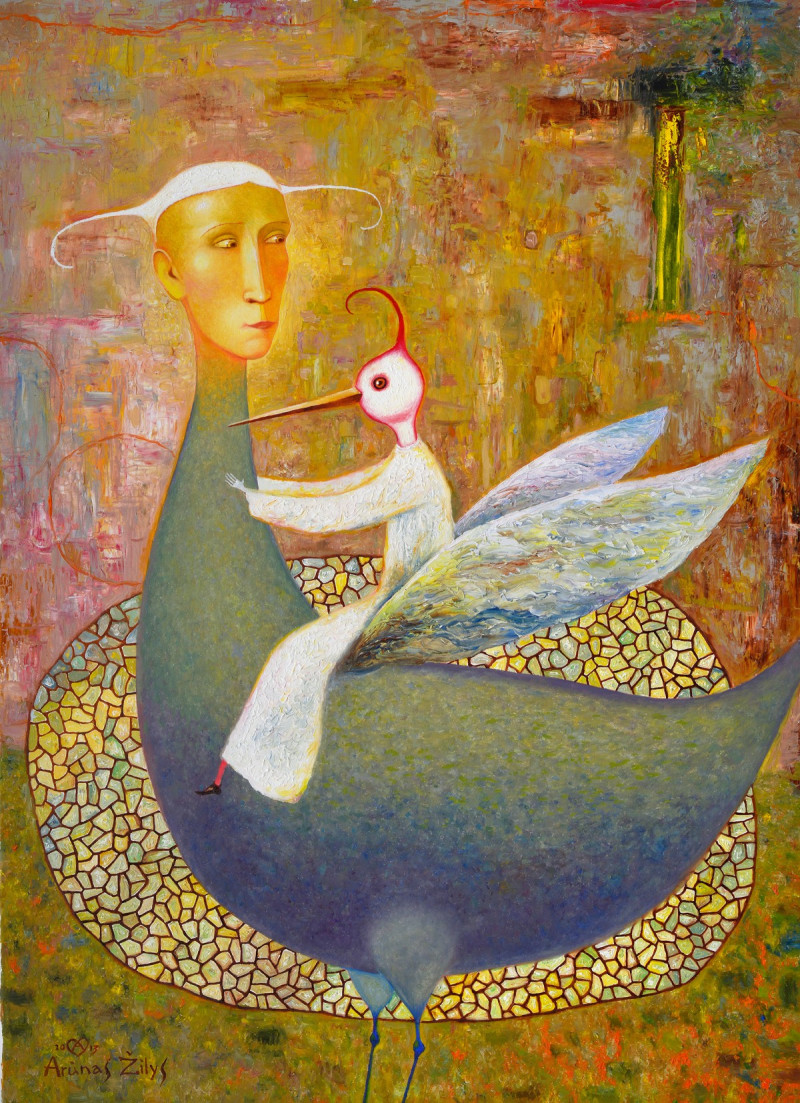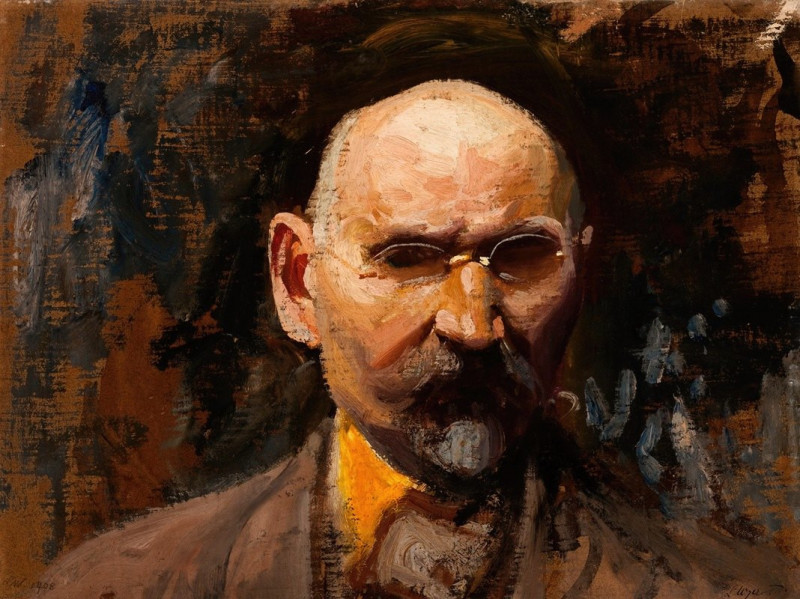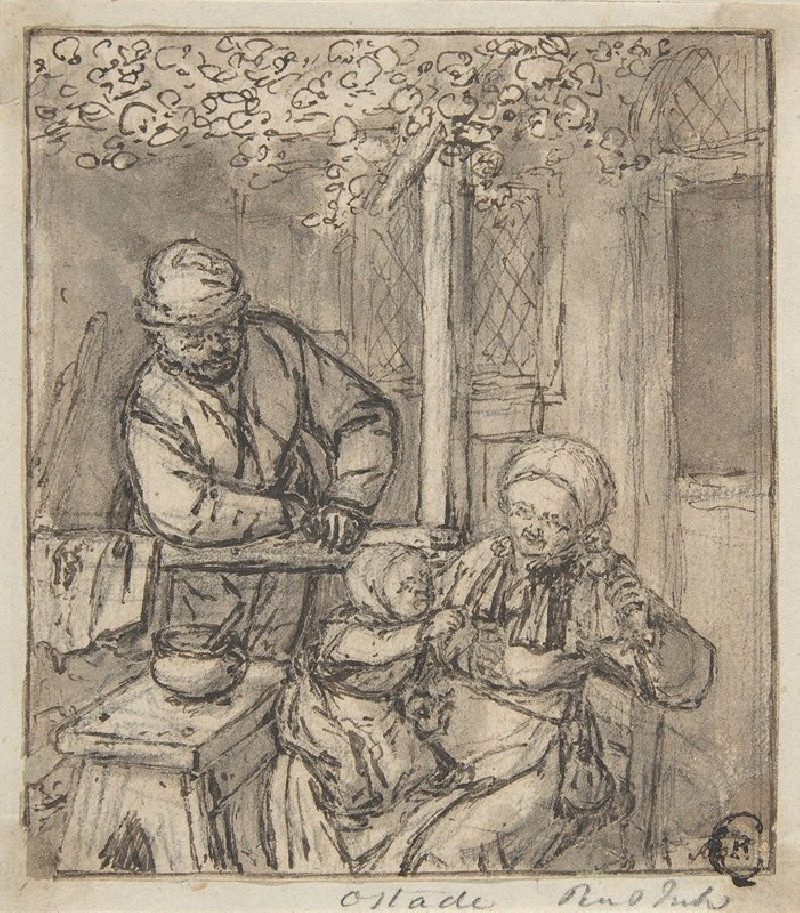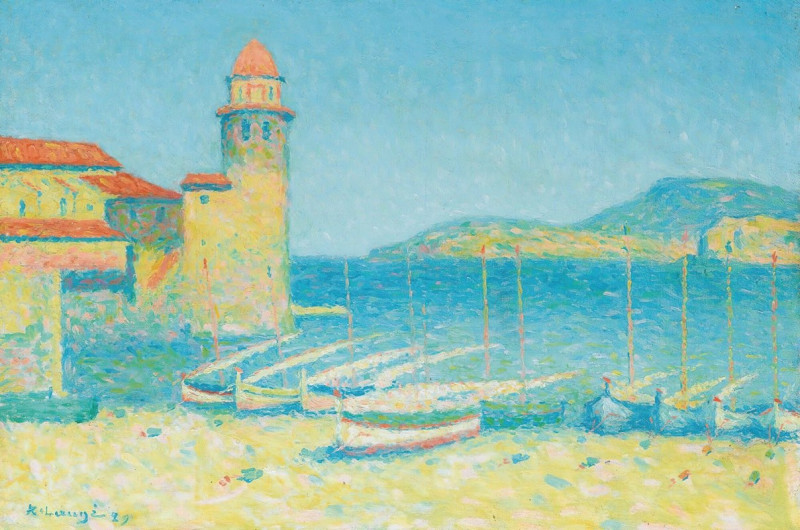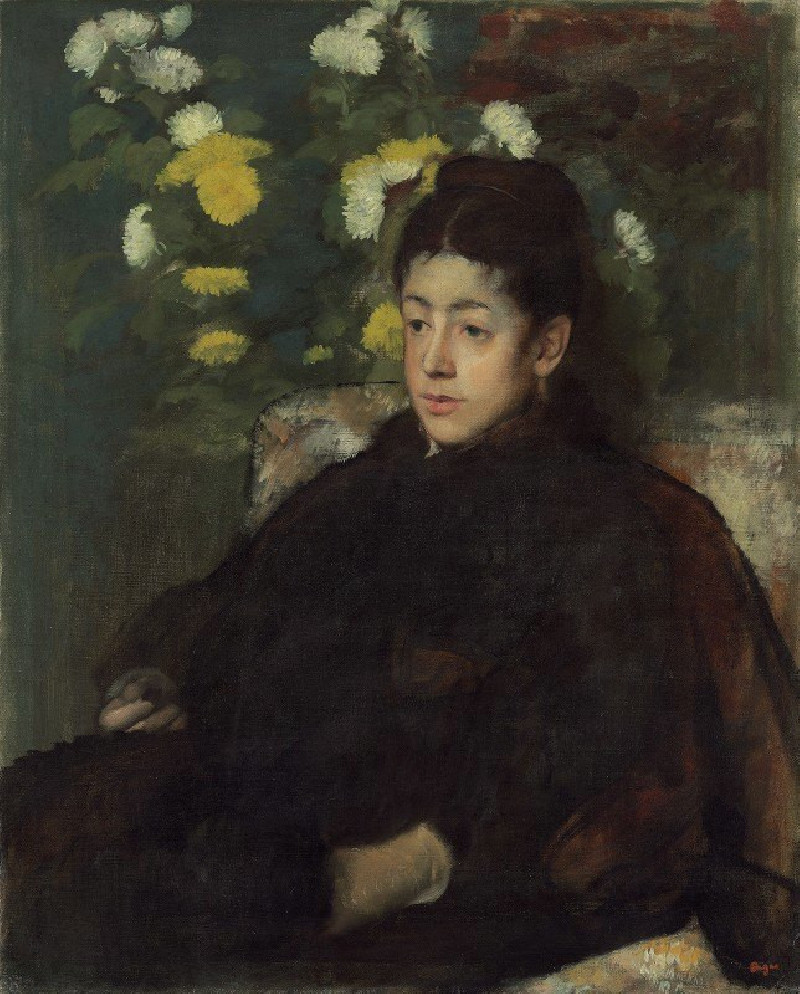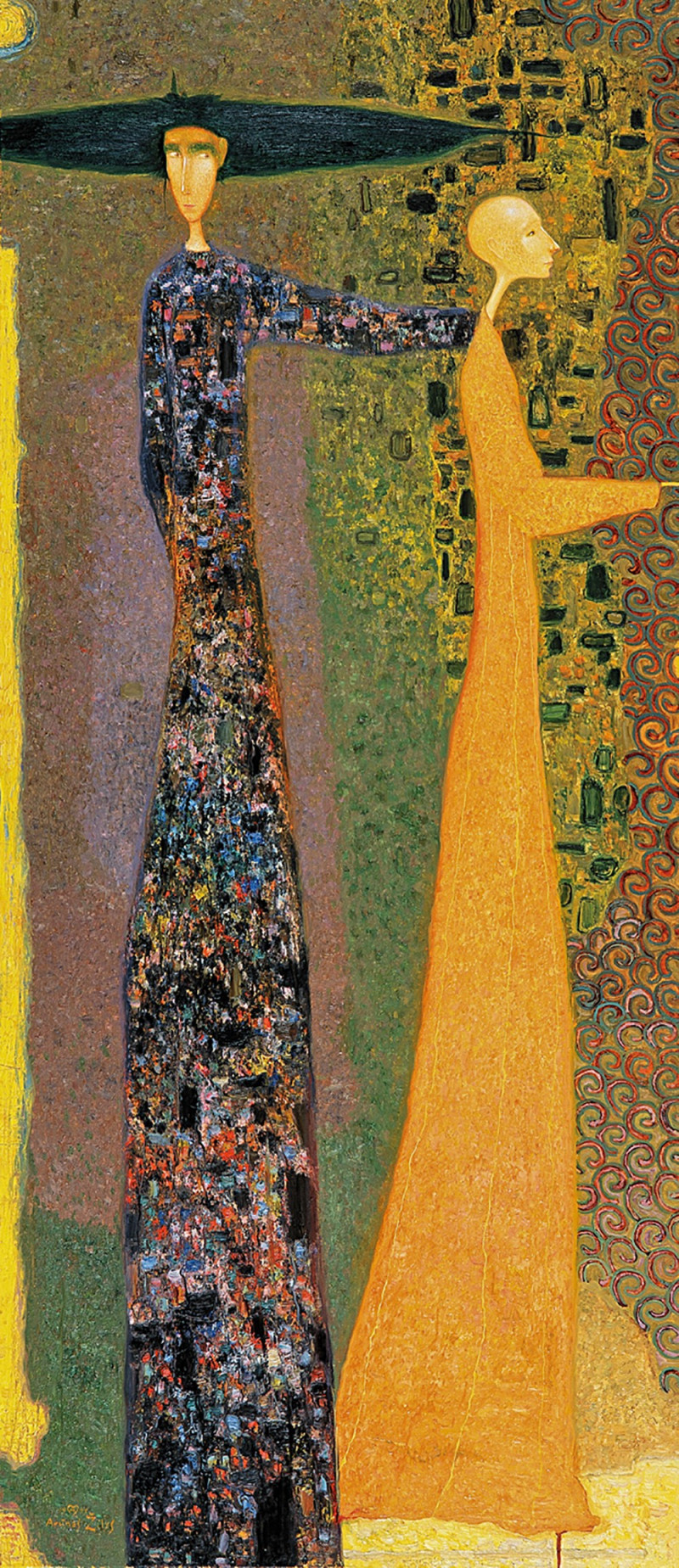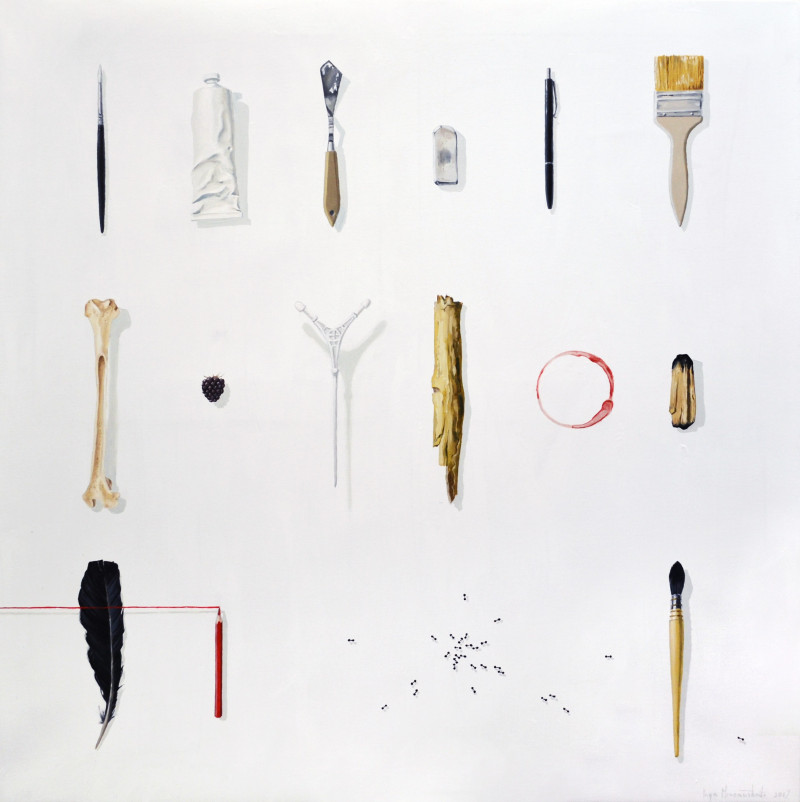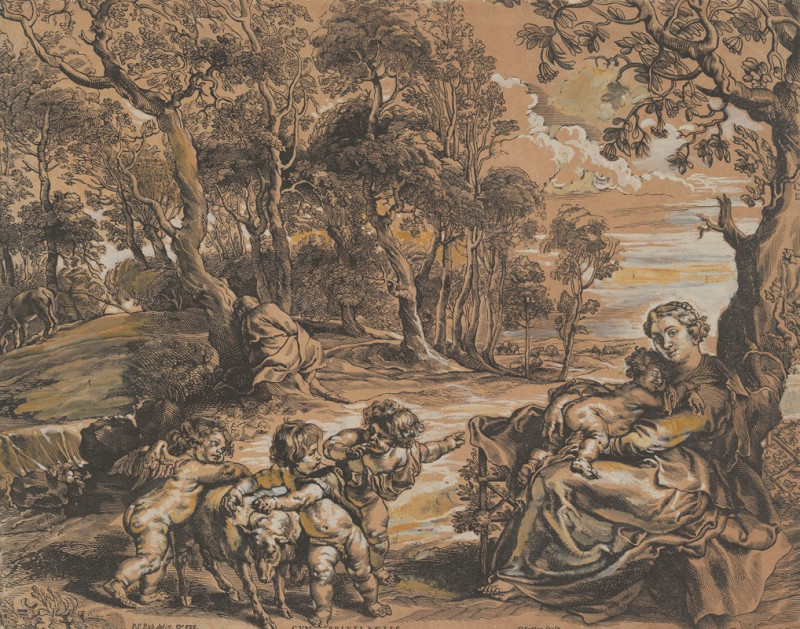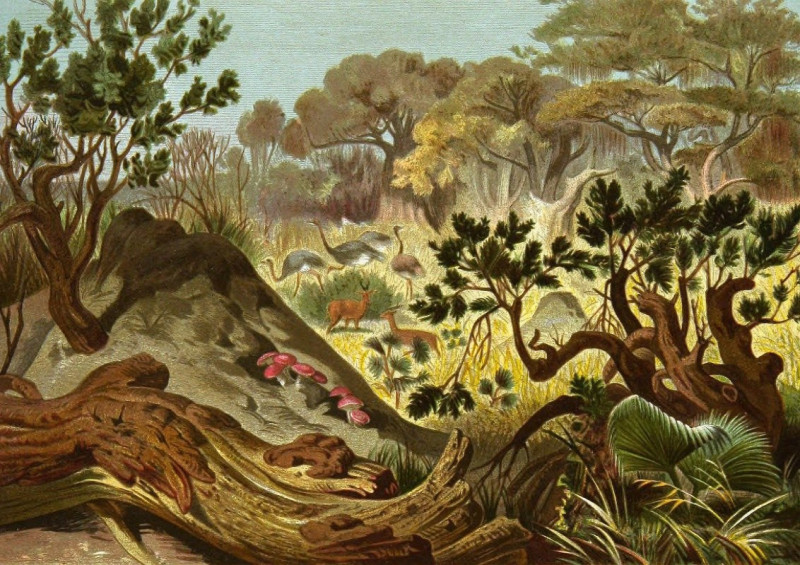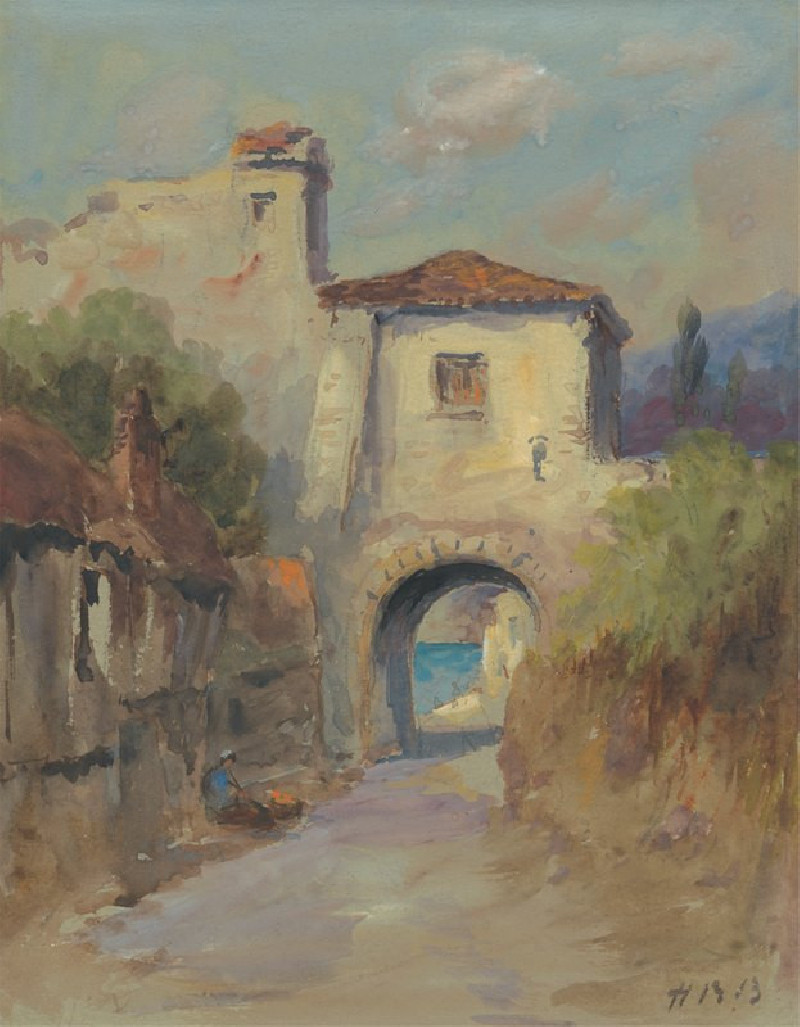Landschaft mit Windmühlen (1912)
Technique: Giclée quality print
Recommended by our customers
More about this artwork
Ernst Ludwig Kirchner's 1912 work, "Landschaft mit Windmühlen" (Landscape with Windmills), is a captivating example of his exploration into the expressionist landscape. In this woodcut, Kirchner employs a dynamic and vigorous style to depict a rural scene dominated by robust windmills, their powerful forms cutting into the sky. The scene is rendered with bold, black contours and stark contrasts, emphasizing the jagged and angular geometry which is characteristic of Kirchner's expressionist vision.The composition is filled with sweeping lines and harsh angles that animate the scene, evoking the turbulent energy of nature and mankind's mechanical ingenuity. Despite its seeming simplicity, the woodcut technique used by Kirchner allows for a textured and layered portrayal of the rural setting, where the solidity of buildings and the fluid, organic shapes of trees and bushes intermingle.Kirchner's choice of the woodcut medium, traditionally linked with folk art, reinforces the rustic and elemental theme, while also aligning the piece with the avant-garde push towards primal forms and essential expressions.
Delivery
Returns
Ernst Ludwig Kirchner (1880–1938) was one of the most important German Expressionist painters. He was a co-founder of Die Brücke, a group of German expressionist artists formed in Dresden in 1905. Die Brücke and Kirchner took inspiration from Vincent Van Gogh and Edvard Munch, as well as African and Oceanic art. They used woodblock printing as a medium to showcase their signature style: flat, unrealistic images with vivid colors. The recurring themes in Kirchner's artworks included exotic cultures, faraway landscapes, self-portraits, dancers and Berlin street life. His paintings and prints effectively portrayed non-European cultures despite the fact that he never traveled outside of Europe.

